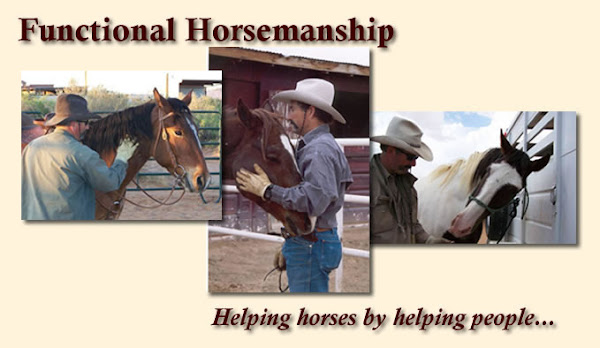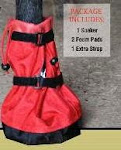Anonymous left a new comment on a previous post on answering questions on Fly Spray and Gun Training."The fly predators are not predators at all. They are little wasp that lay eggs in the fly larva and kill the larva before they hatch out. I started using them for the first time early this spring and get a new shipment every four weeks. So far we have not had much of a fly problem. I think I can notice an increase in flies toward the end of the four weeks and a decrease in flies about a week after we put the wasp out. I am considering moving the shipments up to every three weeks. Not too scientific, just reporting what I see."
Everyone I have talked to has had very good results using the Spalding Fly Predators. They come in a one time order or an automatically shipped order based on your interval for use and number of horses you have. I guess number of horses you have is an easier way to calculate the amount of Fly Predators as opposed to the amount of manure your horses produce.
Spalding produces a free Equine Fly Control Cuide on their website. The link to this free guide is here, Spalding Equine Fly Control Guide 2012.
While Spalding advertises that "Fly Predators have helped keep flies to a minimum without pesticides for hundreds of thousands of customers over the past 35 years. They're the smart way to avoid Fly Season. Simply sprinkle them near all manure areas every four weeks during spring and summer. It just takes a few minutes and you’ve done your fly control for the month." Spalding will also advise that a complete fly program includes conventional fly traps,...."No single trap will catch every kind of pest fly. Most horse owners will usually need three different traps; Odor and Sticky Traps for House Flies and Biting Stable Fly Traps (stinky, sticky and stable) and each type should be put in a different place."

















